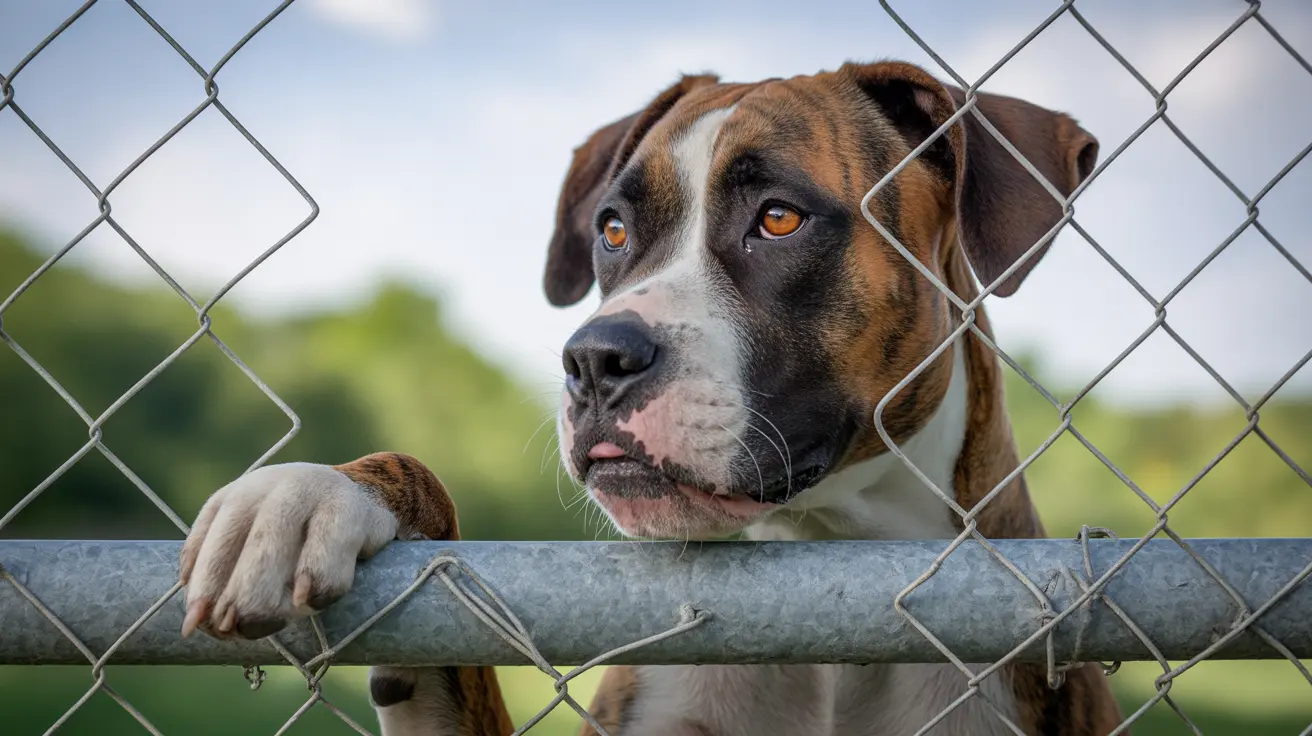How to Safely Prepare Raw Chicken for Dogs
Feeding raw chicken to dogs is a controversial topic, with arguments both in favor and against the practice. While supporters claim it mirrors a wild canine diet, multiple health authorities caution against it due to the risk of foodborne illnesses. If you do choose to feed your dog raw chicken, it's crucial to do it safely and responsibly. Here’s a comprehensive guide on how to prepare raw chicken for dogs.
Understanding the Risks of Raw Chicken
Before diving into preparation methods, it's essential to understand the potential dangers:
- Bacterial Infections: Raw chicken can contain harmful pathogens like Salmonella, Campylobacter, and Listeria.
- Parasitic Threats: Undercooked or contaminated meat may harbor parasites.
- Nutritional Deficiencies: Feeding only muscle meat without balance can lead to health problems.
- Bone Hazards: Raw bones can cause choking or splintering injuries.
- Foodborne Illness in Humans: Even if dogs remain asymptomatic, they can shed bacteria and expose humans to infections.
Preparation Guidelines for Raw Chicken
If you’ve consulted a veterinarian and decided to feed your dog raw chicken, follow these safety practices:
- Source Quality Meat: Always use human-grade chicken from reputable suppliers.
- Freeze Until Use: Keep raw chicken frozen to prevent bacterial growth and thaw only in the refrigerator.
- Practice Strict Hygiene: Wash hands, utensils, surfaces, and dog bowls thoroughly after handling raw meat.
- Avoid Seasoning and Marinades: Never feed your dog chicken that contains spices, garlic, onion, or marinades.
- Portion the Meat: Cut chicken into appropriate serving sizes based on your dog’s breed and size.
- Supervise Bone Consumption: If feeding raw bones, ensure they are size-appropriate and monitor your dog to avoid choking.
Creating a Balanced Raw Diet
Raw chicken alone is not sufficient for a complete and balanced canine diet. Dogs require a mix of nutrients to stay healthy:
- Organ Meat: Liver, kidney, and other organs should make up around 10% of the raw diet.
- Raw Meaty Bones: Should constitute about 10–15% of the diet, but always supervise.
- Muscle Meat: Chicken breast or thigh meat can form the protein core of the meal.
- Supplements: Calcium, essential fatty acids, and vitamins may be necessary if your diet lacks specific components.
Symptoms of Illness to Watch For
If your dog consumes contaminated chicken, you may observe symptoms within a week:
- Vomiting
- Diarrhea (sometimes bloody)
- Lethargy
- Loss of appetite
- Fever
- Dehydration
If any of these arise, consult your veterinarian immediately.
Veterinary and Regulatory Warnings
Organizations such as the FDA and the American Veterinary Medical Association discourage feeding raw diets due to public health risks. Bacteria like Campylobacter have even been linked to a serious canine nerve disorder, Acute Polyradiculoneuritis (APN), which is similar to Guillain-Barré Syndrome in humans.
Commercial Raw Food Alternatives
To minimize health risks, consider using commercially-prepared raw diets that follow strict safety measures. Many undergo high-pressure processing (HPP) to reduce pathogen loads, and they are often nutritionally complete.
Final Thoughts
Feeding dogs raw chicken must be approached with caution and under veterinary guidance. While some dogs may thrive, others may face severe health complications. Adhering to food safety practices and ensuring dietary balance are essential steps for any pet owner choosing this path.





